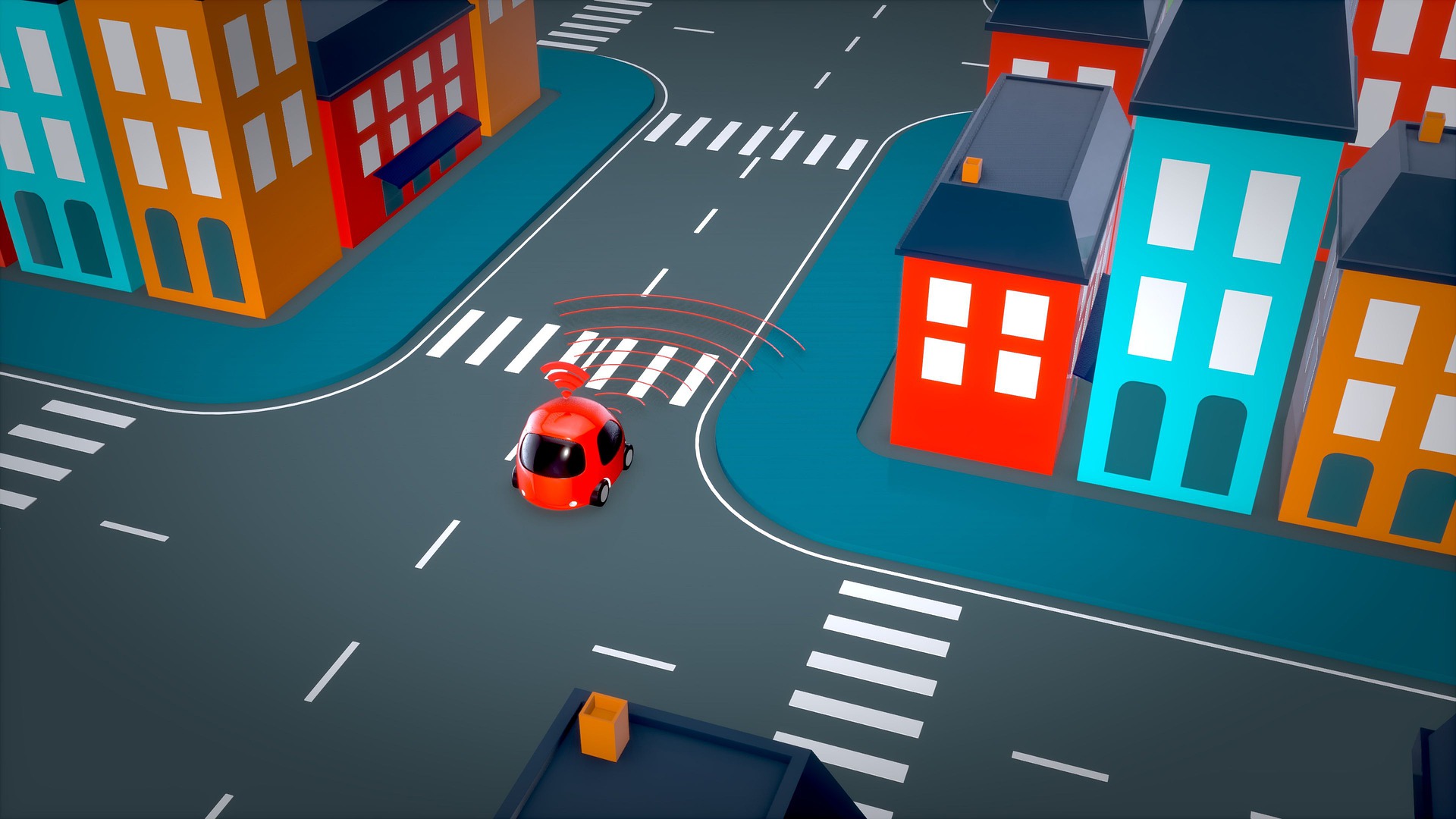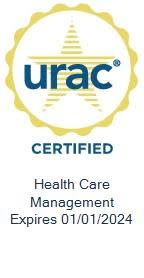Veyo Technology: Non-Emergency Autonomous Transportation in Healthcare, Part 2
February 21, 2019
Each year, 3.6 million Americans miss or delay medical care due to transportation issues. Issues that stem from an overly complex and difficult-to-manage process that has not changed in decades. Quality of service in the non-emergency medical transportation (NEMT) field has been plagued by inadequate technology, outdated business models, inconsistent and unprofessional medical transportation providers, and virtually non-existent transparency for the health plan or customer. In most cases, this results in negative healthcare outcomes, and in more severe cases, can lead to increased ER visits, interference with essential, life-sustaining systems, and possibly lead to death.
Autonomous vehicles promise to be one of the biggest revolutions of our times that will disrupt everything from parking garages to office space. But how will this revolution disrupt the healthcare transportation space? By analyzing the existing smartphone ecosystem, we can find many parallels with the autonomous vehicle space. In the upcoming posts, I will identify some of the similarities and see how they would each play out in the autonomous world in general, and in healthcare transportation specifically. Find Part 1 of our series on autonomous vehicles here.
Part 2 – The Unique Needs of NEMT
When we’re looking at basic autonomy in vehicles, we will simply be replacing the driver in your Uber ride with a smart vehicle. But it’s not quite so easy when it comes to non-emergency medical transportation (NEMT). The additional skills required in NEMT must be the foundation of the non emergency autonomous vehicle. At Veyo, we estimate that roughly 85% of our ambulatory rides require some additional level of driver skill or service above and beyond what is offered by a standard TNC service.
To see what an autonomous NEMT vehicle would look like, let’s jump ahead to the future a bit. Let’s assume that in the future, an autonomous vehicle exists that has an operating system that enables it to fulfill its basic capability (autonomous navigation). Let’s also assume that, similar to the smartphone OS, the AV/OS in the vehicle is providing an API that allows third parties to build apps that extend the functionality of the vehicle. Finally let’s assume that similar to smartphones that allow the addition of an external lens, a battery extender, and other accessories, the smart vehicle also allows some hardware extension to be mounted on the vehicle to further enhance its abilities. So with all these assumptions in place, what would a healthcare focused transportation app actually look like?
A good place to start is by looking at what differentiates a Veyo Independent Driver-Provider (IDP) from a generic Uber/Lyft/Gett/Via rideshare driver and imagine how these capabilities would be transformed in an autonomous world.
Credentialing
Veyo IDPs are credentialed specifically for healthcare. Beyond a standard background check, all drivers go through extensive drug testing, CPR training, and customer sensitivity training. These requirements are not simply theoretical. In practice Veyo IDPs have applied CPR, worked with emergency services, and helped patients in complicated situations. While these skills aren’t always used on every trip, it’s important that Veyo IDPs are trained on how to properly deal with any situation that may occur while transporting a medical patient. Veyo IDPs undergo training on the following topics:
Laws, Etiquette, and Appropriate Behavior for Medical Settings
This includes basic training on HIPAA, PHI, and Patient Privacy, especially for behavioral health and drug rehabilitation patients. Drivers must clearly understand the laws and protections afforded to patients and the significance and importance of confidentiality and must sign Business Associate Agreements (BAAs). Further, drivers must be aware of some of the challenges of working with those with behavioral disorders and intellectual disabilities and be given basic skills to safeguard the wellbeing of themselves and members. Lastly, proper protocols must be in place to report incidents and issues, and live support must be available to assist the driver in emergency situations.
Mobility Needs, providing physical assistance, and emergency situations
This includes providing door-to-door or hand-to-hand service, CPR and First Aid training, ADA education, how to recognize and assist with various physical disabilities (blindness, difficulty walking, dizziness, etc.), how to recognize a medical emergency, when and how to administer CPR/First Aid, and when to call for emergency medical assistance and support the member until they arrive. It also includes protocols and standards that take into account the fact that many members may not be able to present promptly at the curb, wait outside, be able to speak or converse with the driver due to disability or language skills, or be able to call/text with a driver to coordinate pick-up. Drivers need to be trained to accommodate a wide variety of member behaviors and abilities at pick-up.
Safeguards for members of vulnerable communities
Many utilizers of the NEMT system may not be able to advocate or protect themselves from improperly vetted individuals. Specifically, those undergoing drug rehabilitation therapy may be particularly at risk if exposed to an active drug user. It’s critical that drivers undergo criminal background checks, including checks of the national sex offender registry, and can also pass a drug screen and maintain a good standing in an organizational drug surveillance program. Lastly, they need to be adequately trained about the risks and concerns these members face.
Special equipment
Many Veyo rides require the vehicle to carry special equipment such as oxygen tanks or a foldable wheelchair. Vehicles may vary from a traditional sedan to a highly specialized van for a bariatric stretcher. Drivers need to be able to identify the need for special equipment and be trained and ready to operate this equipment.
How will these unique requirements that only exist in the non-emergency medical transportation space translate to autonomous vehicles. Specifically, what would a generic NEMT app look like? Is it possible to create an app that would be a mix of hardware and software that can be loaded onto an autonomous vehicle making that vehicle ready to complete non emergency trips?
Stay tuned for Part 3, coming soon!
Michael Singer
As the Executive Vice President of Technology, Michael Singer guides our company’s product and technology vision as the leader of Veyo’s bright team of data scientists, product managers, engineers and designers that build beautiful and scalable solutions. Michael Singer is fluent in six languages and has coded in more than 30 countries on three continents, using at least a dozen environments.
Before working at Veyo, Michael Singer co-founded and served as CTO of Smifr, a social media curation and aggregation platform. Prior to Smifr he worked with CarPro (acquired by Formula), a disruptive SaaS Fleet Management solutions provider. There, he led implementations in Europe and architected its analytics offering until 2008 when he crossed the ocean to be part of Magic Software (acquired by Asseco). At Magic, Michael led major projects for Fortune 500 companies, including the United Nations, UPS and Adidas.
Although Michael’s career has been dedicated to delivering usable and scalable solutions, ultimately his favorite platform remains: his surfboard. Michael resides in San Diego with his wife and twins.



